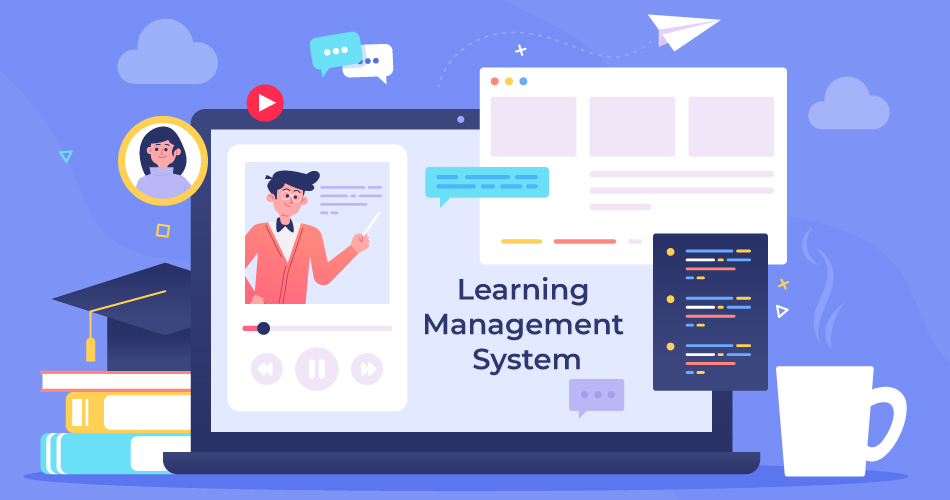The Present
Millions of students worldwide are having their education disrupted by the spread of Coronavirus. Schools and universities haven’t faced this level of disruption in generations, but unlike any time in the past, we have the ability to continue education even when schools close. Even in this uncertain environment, it’s important that learning continues, even if it can’t happen in person.
The Future
Even before COVID-19, there was already high growth and adoption in education technology, with global edtech investments reaching US$18.66 billion in 2019 and the overall market for online education projected to reach $350 Billion by 2025. Whether it is language apps, virtual tutoring, video conferencing tools, or online learning software, there has been a significant surge in usage since COVID-19.
Virtual classrooms and distance learning, as alternate technology-driven learning methods, have been growing at a reasonable pace. Virtual classrooms have been specifically in use by all sectors, including primary and higher education as well as corporate learning. Schools, colleges, universities, corporates, and even world bodies and multilateral organizations like the UNO, WHO, and G20 have had to switch to the lesser-used virtual mode of learning and communications. These unprecedented circumstances are a conducive test for companies offering virtual classroom platforms and services like Blackboard, Desire2Learn, Cisco, Microsoft, etc.
The Tool
Just to reiterate, the systems that use technology to comprehensively create, deliver, document, measure and most importantly, manage learning or training, is known as a Learning Management System.
Using Learning Management Systems in education offers a smart alternative to educational institutions in such a scenario as the COVID-19 pandemic and allows instructors to deliver customized content, leverage various pedagogical models, and engage their students much better than previously possible. In fact, a report suggests that one out of five LMS implementations takes place in the field of education, which is an incredible stat.
The Benefits
Centralized Learning
The primary advantage of any learning management system is its centralized source of learning. It allows institutes to save all the e-learning content in one single place, instead of having it scattered at different locations. This helps in both reducing the risk of losing important data/content and enhancing the overall efficiency of the system.
Customization Options
LMS can be a great tool for higher education institutions as it gives them the freedom of customization. Instructors enjoy the liberty to tailor the e-learning content for the courses as much as required from anywhere and at any given point of time.
Tracking & Reporting
Instructors/Teachers can keep track of a student’s/learner’s progress in terms of course completion, identification of knowledge gaps, participation and engagement level, and time taken to complete the course.
The detailed reports help institutes in the evaluation of course suitability in terms of meeting the present requirements of the institution and whether it requires any modification.
Easy Upgrades
Universities and educational institutions generally have many courses covering topics that are in the process of rapid development, requiring constant changes and upgradation of the content and sources.
An LMS make it simple to update existing content without the need to make changes for each student separately as the upgraded content gets distributed to the learners automatically.
Robust Evaluation System
With an LMS, you can easily evaluate your students before, during, and at the end of a course, without interfering with the overall learning process.
Furthermore, some of the best LMS systems available in the market like LoveMySkool can easily integrate learning and evaluation under the same online platform and also allow students to review their own performance as well.
Simplify Learning
Its ease of use and minimal expert intervention makes LMS a great tool for educators and a powerful learning experience for students.
Supports Active Learning
Any learning experience can only be meaningful if it’s relevant and authentic. An LMS allows learners to engage in hands-on, relevant, and real-world activities for a fulfilling learning experience.
Collaboration Space
A learning management system provides a common collaborative space for content sharing, feedback, and personal interaction. It also allows educators to engage any time, any place, and from any device.
Content-Focused Learning
Using Learning Management Systems in education gives instructors the advantage of accessing expert advice and relevant content which is specific to their teaching context. This, in turn, can have an immediate and valuable impact on their classrooms.
Saves Time & Money
Educational institutions sometimes struggle with resource constraints while implementing traditional learning methodologies. But with a learning management system, they can cut down their expenses drastically by taking advantage of LMS as a standalone asset for managing teaching and learning.
Continuous Learning
An LMS ensures that the content is readily available for both students and faculty members. Instructors can also continue to engage with materials on a regular basis and support proactive learning strategies.
Constant Communication
An LMS gives an opportunity for educators to share resources, have one-to-one discussions with peers, and receive guided expert support through online discussions.
Education has changed dramatically, with the distinctive rise of e-learning, whereby teaching is undertaken remotely and on digital platforms. Research suggests that online learning has been shown to increase retention of information, and take less time, meaning the changes coronavirus have caused might be here to stay. Virtual classrooms and learning management systems have become the new normal. We at AppleTech have the expertise and experience to build a custom learning management system based on your requirements. Contact us to see your idea become a solution.

